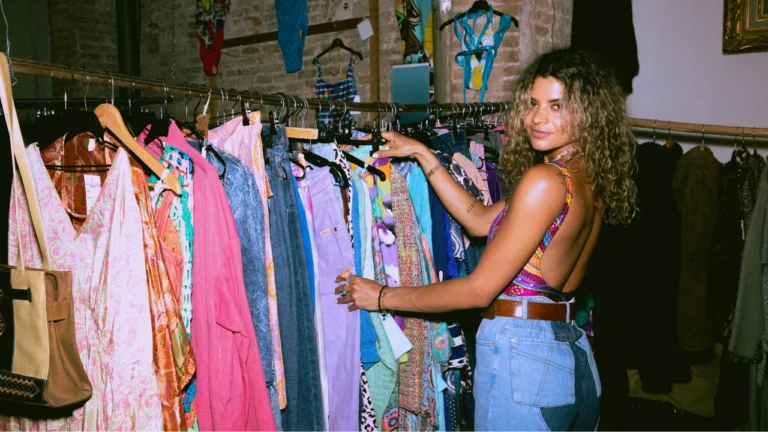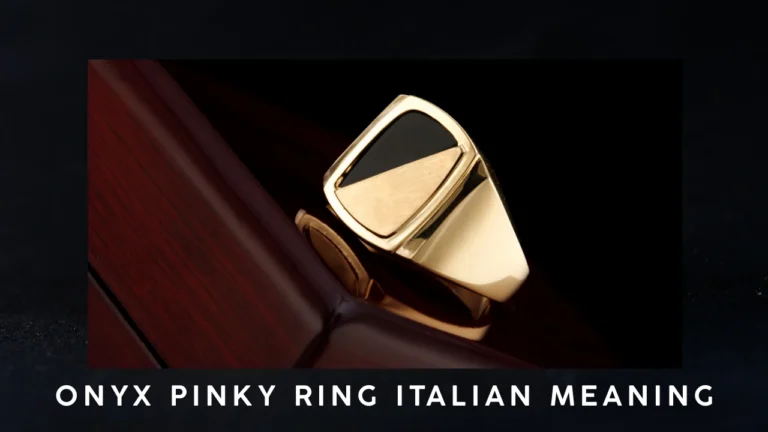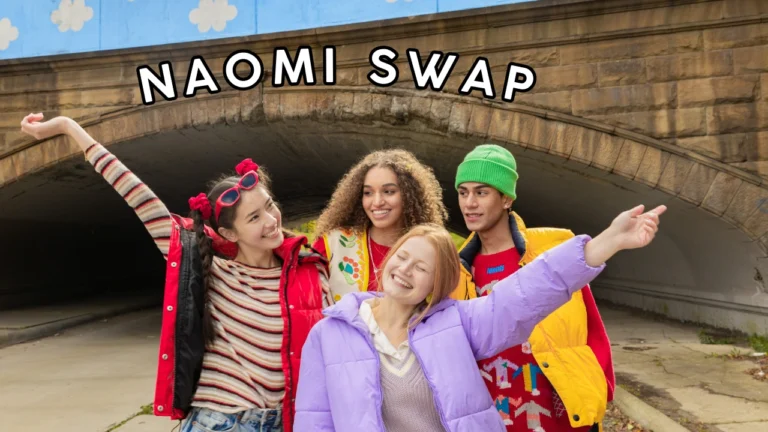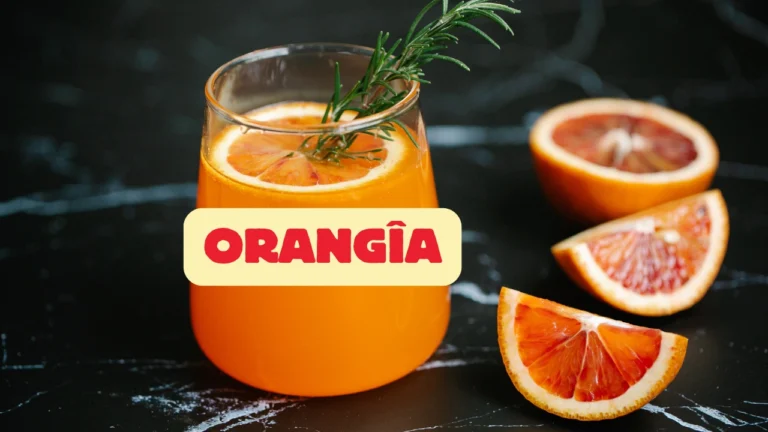Waethicc: Empowering People to Love Their Natural Bodies

In recent years, waethicc has emerged as a powerful movement reshaping the way we view beauty standards and body image. It represents a shift away from traditional ideals that prioritize extreme thinness and celebrates a more diverse, curvier body type. In a society where unrealistic beauty expectations have long dictated how people perceive themselves, it offers a breath of fresh air, promoting body positivity, acceptance, and self-love. This article dives into the meaning of waethicc, its significance in modern culture, and how it continues to influence societal norms around beauty and body image.
What Does Waethicc Mean?
At its core, waethicc is a term that combines the words “waist” and “thick,” used to describe a body shape that features a slim waist paired with fuller hips and thighs. It breaks away from the long-standing idealization of extremely thin figures, promoting curvier, voluptuous bodies as equally beautiful. The term is not just about physical appearance but also symbolizes the growing body positivity movement. It challenges narrow beauty standards and encourages everyone to embrace their natural body shape, emphasizing that all bodies are worthy of respect and admiration.
The Rise of Waethicc in Social Media
Social media platforms like Instagram, TikTok, and Twitter have played an instrumental role in the rise of the waethicc trend. Influencers, celebrities, and everyday users have embraced the term, proudly showcasing their natural curves and encouraging others to do the same. This online visibility has helped redefine beauty standards, creating space for a wider range of body types to be celebrated. Hashtags like #waethicc have become a vibrant part of this movement, connecting people worldwide who share similar experiences and values surrounding body positivity.
Waethicc influencers have become key players in spreading the message of self-acceptance. They share personal stories of body image struggles, fashion advice, and health-focused fitness routines for curvier bodies. More people are empowered to embrace natural shapes and reject harmful beauty standards from mainstream media.
Why Waethicc Is More Than Just a Trend
While some may view waethicc as just another internet trend, it represents a deeper, more significant cultural shift. For decades, beauty standards have been dictated by media portrayals of ultra-thin, flawless bodies. This has led to widespread body dissatisfaction, low self-esteem, and even mental health issues for those who feel they don’t fit these narrow molds.
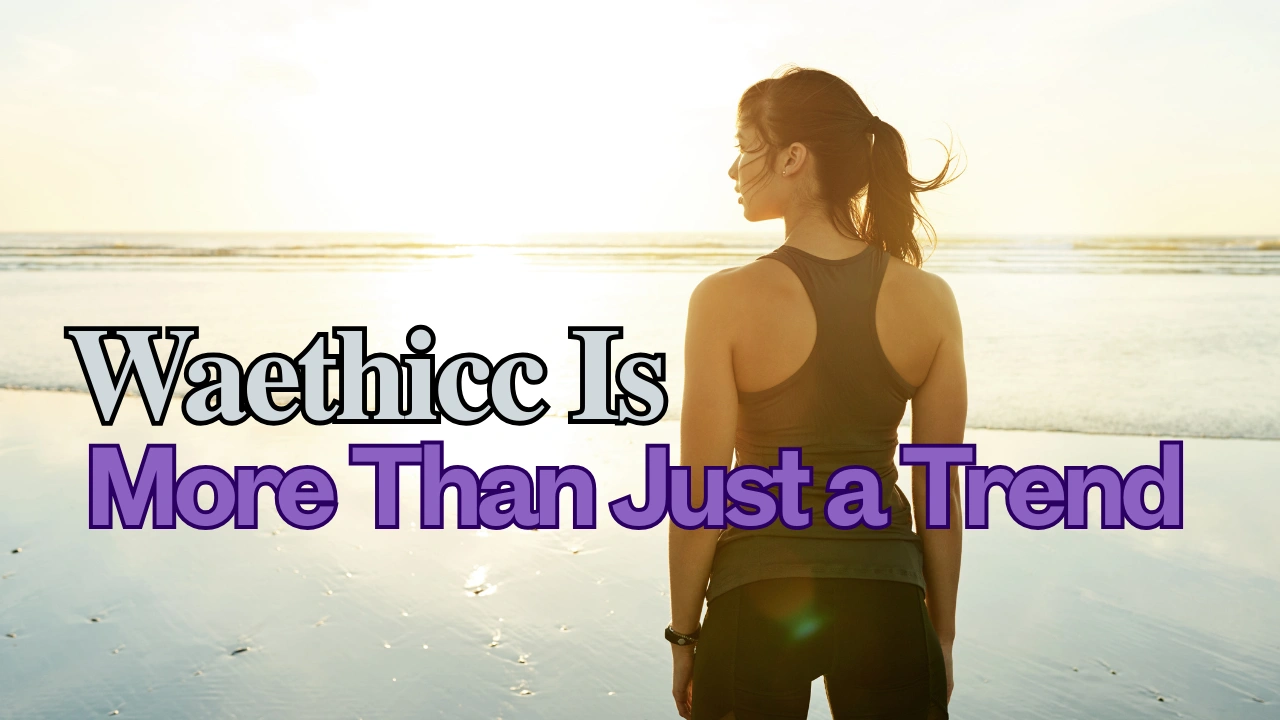
The waethicc movement challenges these outdated standards by promoting the idea that beauty comes in all shapes and sizes. It encourages people to appreciate their natural bodies, focusing on self-love rather than striving to meet impossible ideals. By fostering inclusivity and diversity, waethicc has sparked important conversations around what it means to be beautiful in today’s world.
The Impact of Waethicc on Fashion and Media
The influence of the movement has extended into industries like fashion and media, where diversity is increasingly being embraced. Fashion brands are recognizing the need for more inclusive sizing, with many now offering clothing lines designed specifically for curvier body types. This shift has not only made fashion more accessible but has also helped redefine what is considered stylish and attractive.
In the media, there has been a gradual shift towards more realistic portrayals of women’s bodies. Films, TV shows, and advertisements are featuring characters and models who reflect the diverse body shapes seen in everyday life. It is helping dismantle the traditional beauty archetype, creating a more inclusive media landscape where all body types are represented and celebrated.
Common Myths and Misconceptions
As with any cultural shift, there are often misconceptions surrounding the waethicc movement. One common myth is that promoting a curvier body type equates to promoting unhealthy lifestyles. However, this is far from the truth. It is about celebrating natural body diversity, not glorifying unhealthy habits. Many of those who identify with the waethicc movement emphasize the importance of fitness and wellness, focusing on maintaining a healthy lifestyle that suits their individual body types.
Another misconception is that only women with a specific body shape can be considered waethicc. In reality, waethicc celebrates all body types that defy traditional beauty norms. It’s about embracing your unique shape and rejecting societal pressures to conform to unrealistic standards.
The Role of Waethicc in Mental Health and Self-Esteem
Body image issues are linked to mental health struggles, with many feeling inadequate compared to media’s idealized images. This movement seeks to combat this by promoting a more inclusive and diverse definition of beauty. By encouraging people to love and accept their bodies as they are, this can help improve self-esteem and foster a healthier relationship with one’s body.
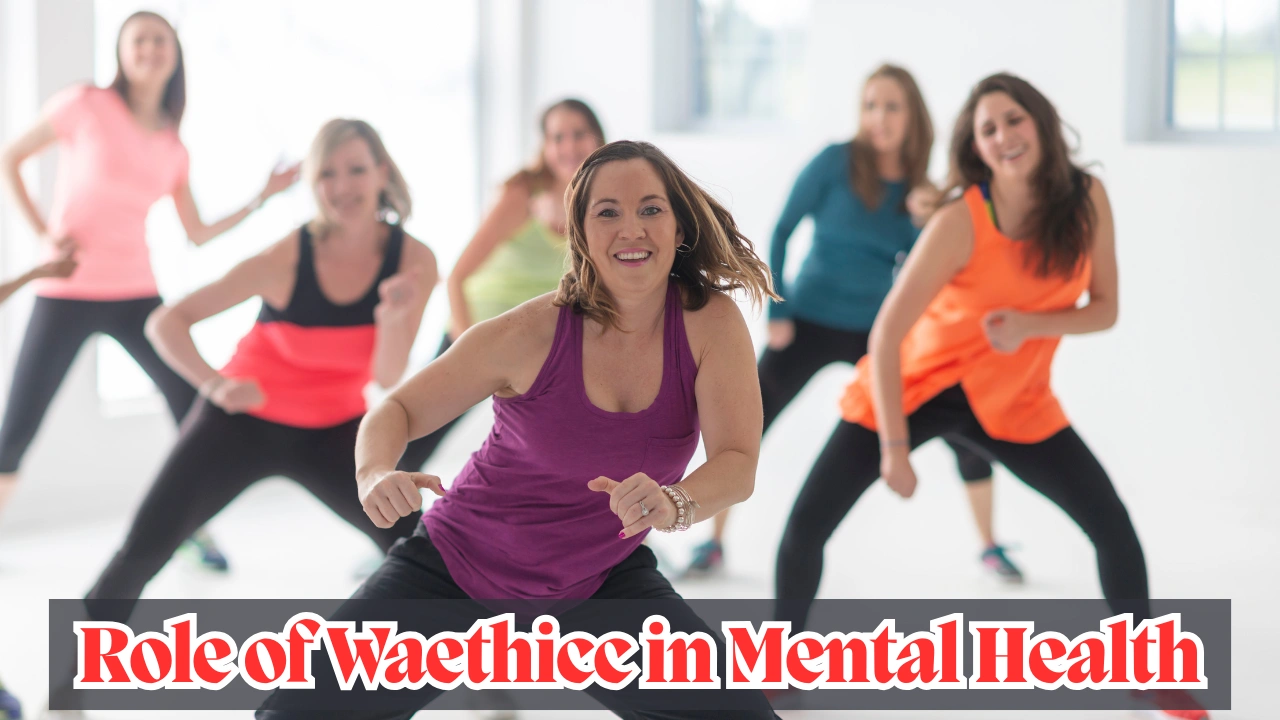
Research has shown that representation matters when it comes to body image. Seeing diverse body types in the media and on social platforms can help people feel more confident in their own skin. This movement has played a significant role in increasing this representation, making it easier for people to see themselves reflected in the content they consume.
Fashion Tips for Embracing Waethicc
For those looking to embrace the waethicc movement, finding fashion that highlights and celebrates your natural curves is key. High-waisted pants and skirts can help accentuate a slim waist while drawing attention to fuller hips and thighs. Fitted tops that enhance your shape, along with bold prints and patterns, can add confidence to your wardrobe. Layering can also create a balanced look that complements your body type.
Strength training targeting the core, hips, and thighs enhances natural curves, promoting a healthy, confident appearance. This approach promotes overall wellness, aligning with the holistic values of the waethicc movement.
Key challenges of the waethicc movement
Here’s a table outlining the challenges associated with the waethicc movement:
| Challenge | Description |
|---|---|
| Health Misconceptions | Critics often misinterpret this as promoting unhealthy lifestyles. |
| Cultural Pushback | Some cultures resist the movement, sticking to traditional beauty ideals. |
| Media Representation | The mainstream media still favors thinner body types over curvier ones. |
| Social Media Criticism | Online trolls and body-shaming can hinder the movement’s message of body positivity. |
| Commercial Exploitation | Some brands exploit this for profit without truly embracing its values of inclusivity. |
This table highlights the key challenges facing the waethicc movement in promoting body positivity and inclusivity.
Conclusion
In conclusion, waethicc is much more than just a trending term on social media. It represents a cultural shift towards body positivity, self-love, and the celebration of natural beauty in all its forms. As the movement continues to grow, it offers hope for a future where diverse body types are embraced and valued, and everyone feels confident in their unique shape.
Frequently Asked Questions
How does it help with self-esteem?
By promoting body diversity and encouraging people to embrace their natural shapes, it helps improve self-esteem. Seeing a wider range of body types celebrated in media and fashion helps individuals feel more confident in their own appearance.
Does it promote health?
Yes, this movement encourages maintaining a healthy lifestyle that aligns with an individual’s natural body type. The focus is on overall wellness—both physical and mental—rather than fitting into specific societal standards of thinness.
What are some examples of waethicc celebrities?
Celebrities like Lizzo, Ashley Graham, and Iskra Lawrence are prominent figures in this movement. They use their platforms to promote body positivity and self-love, inspiring others to embrace their unique shapes.
What role do influencers play in this movement?
Influencers play a significant role in spreading the message of the movement by sharing their personal experiences, fashion tips, and fitness routines that celebrate natural curves. They help foster body positivity and encourage their followers to embrace their own unique bodies.


